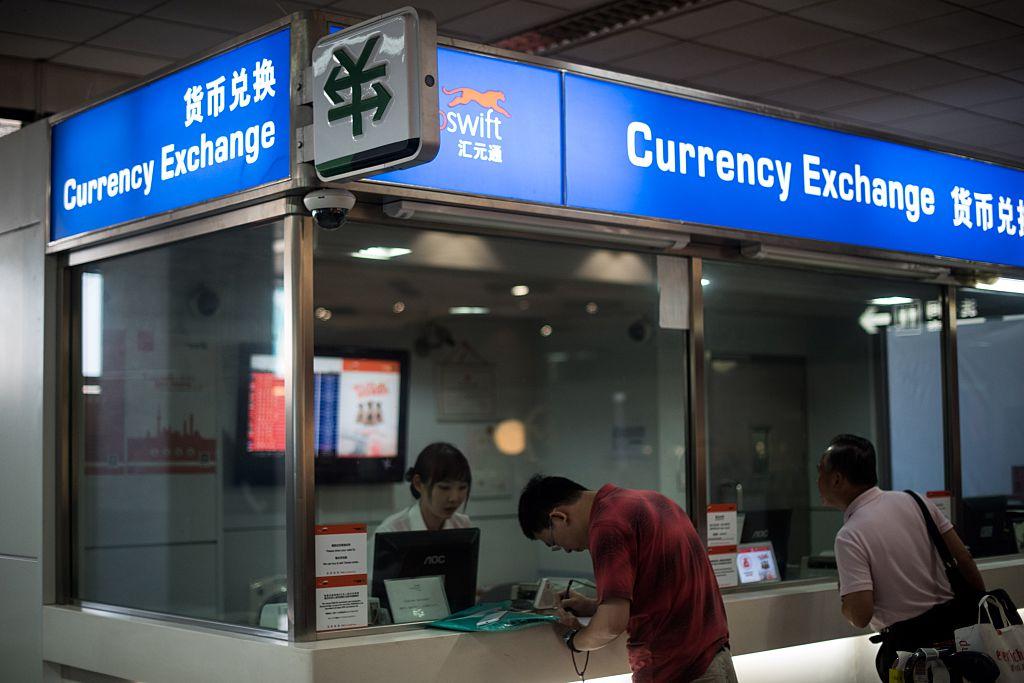The year-on-year decline in Hong Kong’s foreign trade extended into January, recording its biggest monthly decline in 70 years; an expert says it’s evidence that “mainland China is slowly decoupling from the world.”
Exports fell 36.7 percent and imports fell 30.2 percent in January from a year earlier, according to the January merchandise trade statistics released by the Hong Kong authorities on Feb. 27. The declines widened by 7.8 percent and 6.7 percent, respectively, from December.





